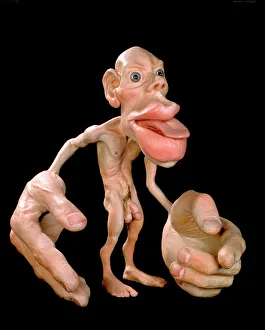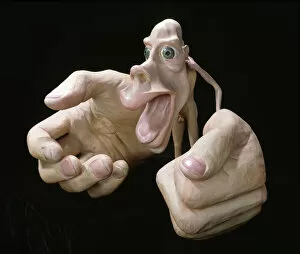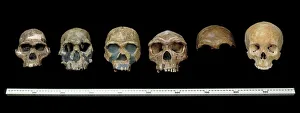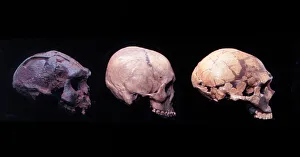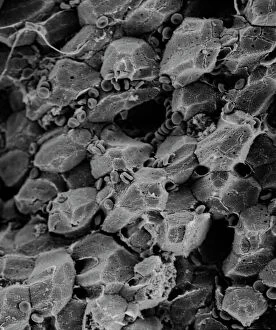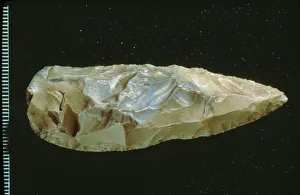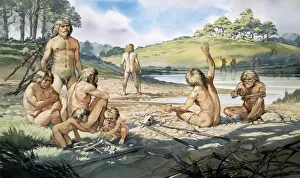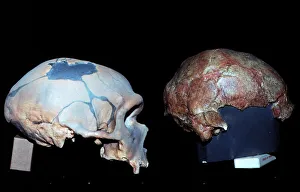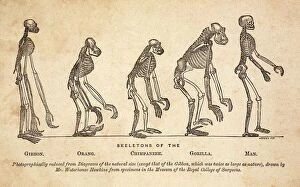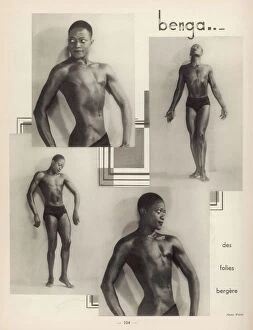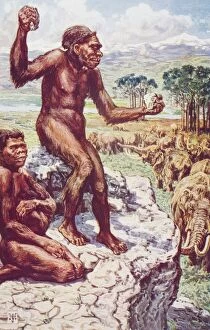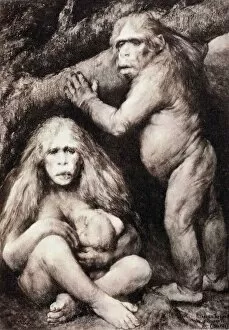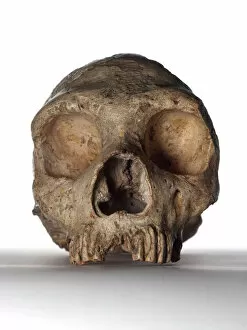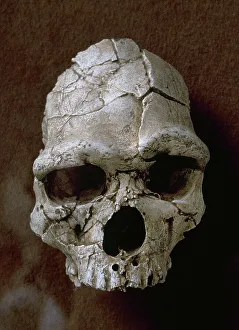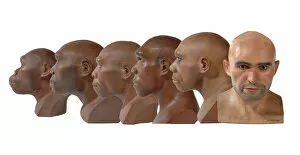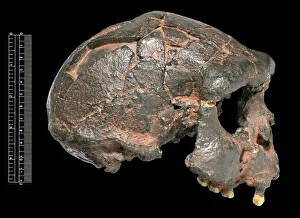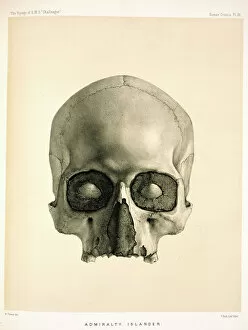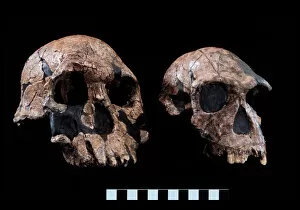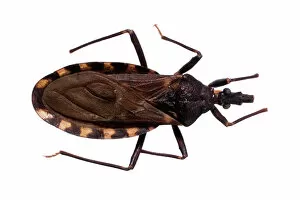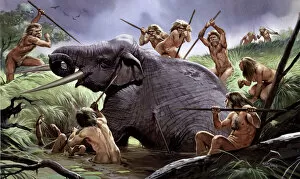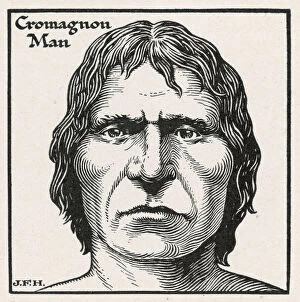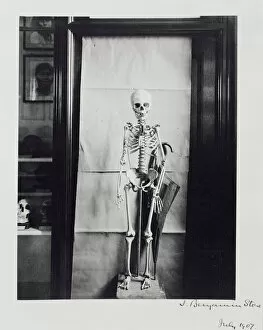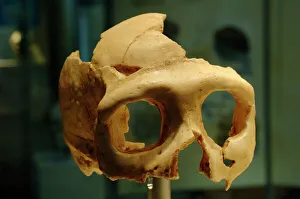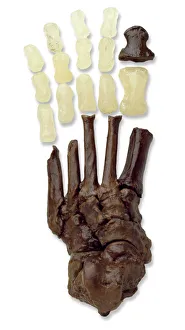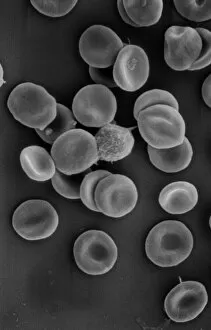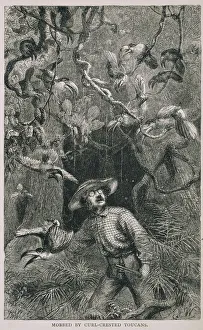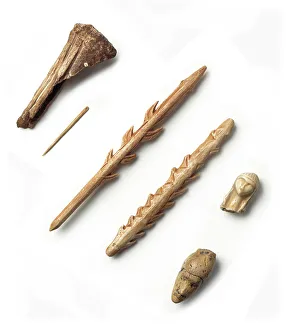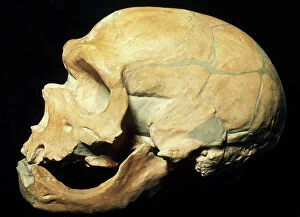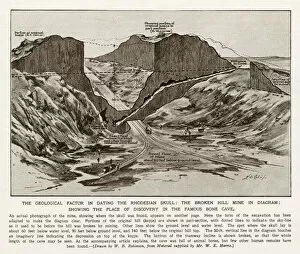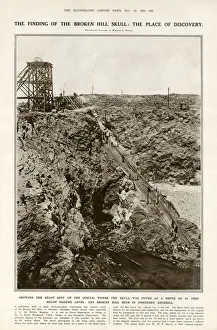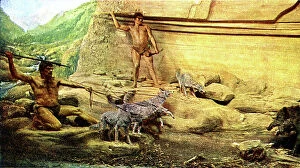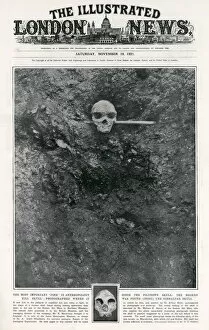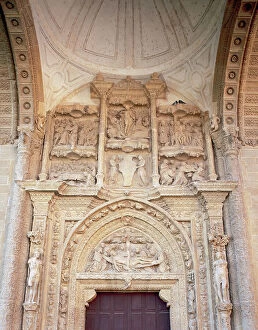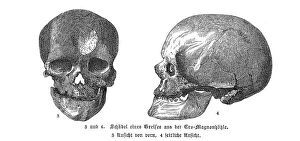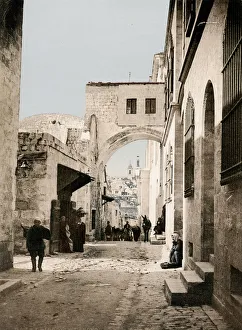Homo Collection
"Homo: Unveiling the Evolutionary Tapestry of Humanity" Step into the world of Homo, where science and history converge to unravel the mysteries of our past
All Professionally Made to Order for Quick Shipping
"Homo: Unveiling the Evolutionary Tapestry of Humanity" Step into the world of Homo, where science and history converge to unravel the mysteries of our past. From the intricate mapping of our sensory homunculus to the enigmatic hominid crania, every clue leads us closer to understanding our origins. Behold the Motor Homunculus, a visual representation of how different parts of our body are proportionally represented in our brain. It showcases the remarkable complexity behind even simple movements we take for granted. Travel back in time with Homo Erectus (Sangiran 17), an ancient ancestor who walked this Earth over a million years ago. Witness their resilience and adaptability as they thrived amidst changing landscapes. Marvel at H. Sapiens (?), a species that emerged as one of nature's greatest creations - intelligent, creative, and capable of shaping civilizations. Their journey is intertwined with that of H. Neanderthalensis, whose existence challenges us to question what it truly means to be human. Explore male type/naked beauty through artistry captured by 1863 Huxley from Ape to Man; age-toned yet timeless in its depiction. Witness evolution unfolding before your eyes as humanity progresses towards higher forms. Delve deeper into Homo's internal landscape – discover organs like liver that sustain life within us all. Contemplate Neanderthal spear points crafted with ingenuity and precision, evidence not only of survival but also intelligence. Immerse yourself in action-packed scenes depicting Homo neanderthalensis at Swanscombe, UK – glimpse their daily lives filled with hunting prowess and social interactions that shaped their communities. Zoom further into microscopic realms where individuality merges seamlessly into collective existence - witness the intricacies within a single human cell pulsating with life's energy. Reflect on 1894 Haeckel Pithecanthropus ape man crop; an artistic portrayal bridging gaps between species, reminding us of our shared ancestry and interconnectedness.

